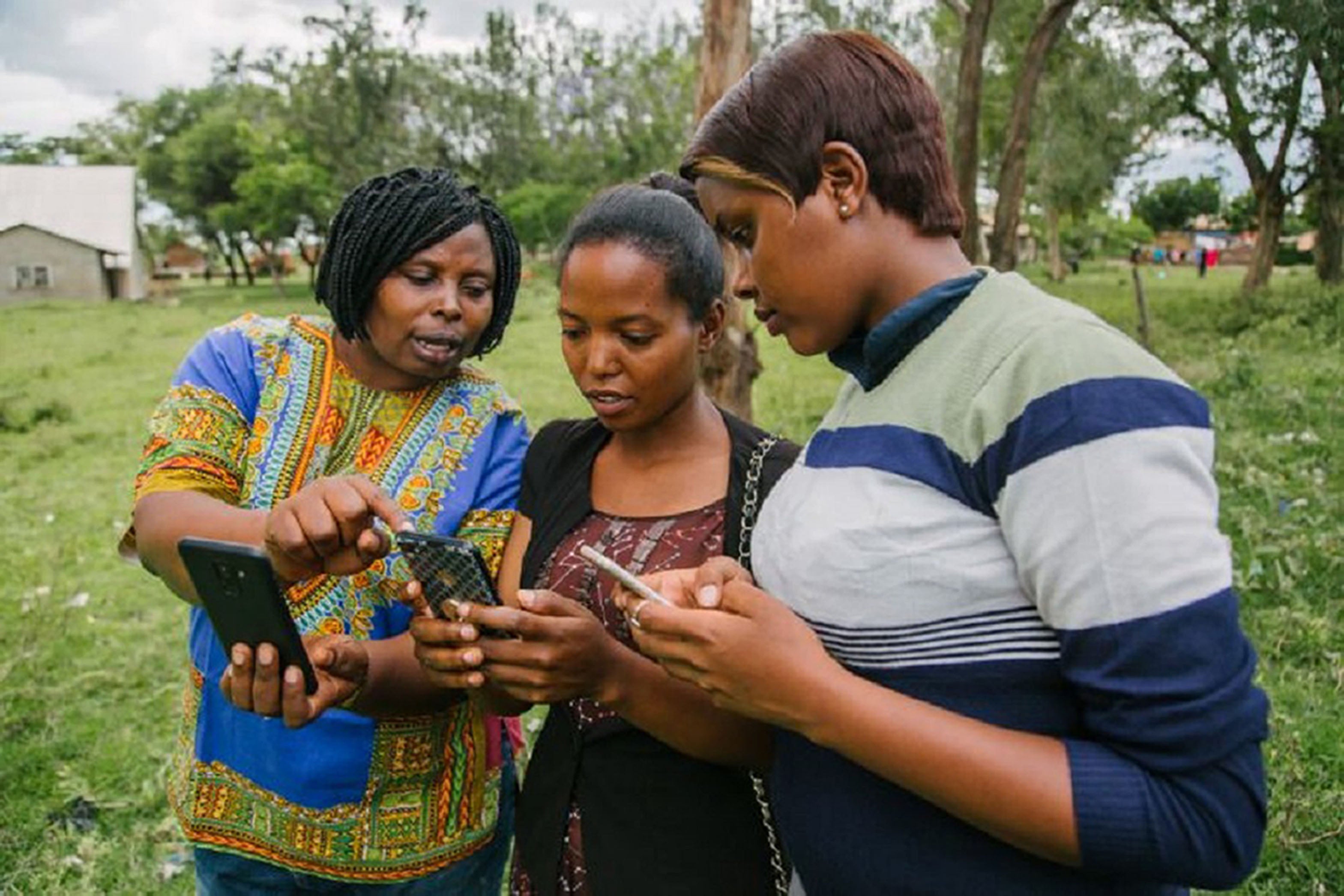Volunteer mapping project has saved 3,000 girls from FGM in Tanzania, charity says
The project helps to connect girls with nearby safe houses

Some 3,000 Tanzanian girls have escaped female genital mutilation (FGM) in five years after using a volunteer-created mapping project, a British-Tanzanian charity has said.
The project has helped rescue teams find teenage girls who have run away from home to avoid being cut and take them to safe houses.
Volunteers and locals have cooperatively mapped vast parts of the East African country’s rural expanse, with more than 14,000 volunteers placing roads and buildings using satellite images, while locals provide their expertise of the landscape.
Crowd2Map, which was created in 2015 by Janet Chapman, has added almost five million buildings in Tanzania to previously empty areas on OpenStreetMap.
Ms Chapman, who is also chair of the Tanzania Development Trust (TDT), said rescue teams of activists typically receive a phone call in the dead of night reporting that girls are going to be cut in a certain village.
She said: "Together with the police gender desk and social welfare, they go and rescue the girls and bring them back to the safe house.
"Previously there were no maps meaning it was often hard to find these girls in time. Now they (activists) can use their phones to navigate offline, to find them quickly."
FGM is “a procedure where the female genitals are deliberately cut, injured or changed, but there's no medical reason for this to be done”, according to the NHS.
Despite being against the law to inflict FGM on under-18s in Tanzania, the process continues to take place in rural areas. The average age of FGM victims in Tanzania is 14, Ms Chapman said.
Mapping has helped connect girls to safe houses in Tanzania. FGM survivor and activist Rhobi Samwelly created the project Hope for Girls and Women which works to provide girls with safe houses as refuge and a place for education, as well as training volunteers to use smartphones.
The activist has previously addressed MPs and the United Nations on the issue of FGM.
Ms Samwelly, who is also is TDT's representative for Mara region, said: "At Hope for Girls and Women we are so glad for the Crowd2Map project. It has helped us a lot and makes our work reaching villages and rescuing girls much easier.
"Also, girls now know the safe places in their village to flee to. We thank everyone involved in the project."
More than 200 million girls and women alive today have been cut in 30 countries in Africa, the Middle East and Asia, where FGM is concentrated, according to the World Health Organisation.



Join our commenting forum
Join thought-provoking conversations, follow other Independent readers and see their replies
Comments